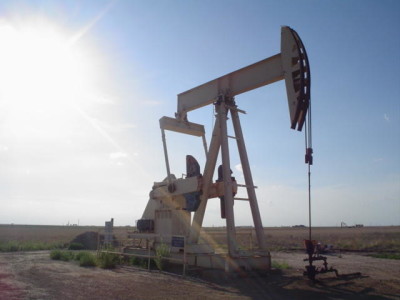Here’s a simple recipe for ozone: mix hydrocarbon and nitrogen oxide chemical compounds in the air, and add sunlight.
“The sun comes out and cooks this mixture and the outcome of that is ozone,” said Steve Brown, an atmospheric scientist at the National Oceanic and Atmospheric Administration Earth System Research Laboratory in Boulder.
Ozone is a problem Colorado has had for a long time. The state has been out of compliance with federal ozone limits for nearly a decade. To make matters worse – and this is a politically charged topic – that federal ozone limit was lowered last year, which could put Colorado even more out of compliance.
In western Wyoming, the area around Pinedale is also out of compliance with federal ozone standards, a problem clearly linked to nearby oil and gas development.
In high enough levels, that ozone has serious health implications.
Researchers nationwide are starting to take a closer look at how air emissions from oil and gas development affect public health. One worrying kind of pollution is ozone, which can harm people and the environment. Children with asthma are especially vulnerable.
On a recent fall evening in Aurora, Colo., eight-year-old Arianna Sanchez waited for her brother to finish football practice, and attempted the monkey bars. Arianna has asthma but hasn’t had a serious attack for two years.
“She knows how to control her breathing,” said her mother, Darleen Sanchez. “At least she makes me believe she’s controlling it. She’s learning what her limits are.”
“When I’m at recess, I get kind of wheezy,” Arianna Sanchez said, taking a deep breath. “Sometimes I just like take a breath and then I feel better.”
Active outdoor kids are most at risk of ozone exposure.
Ozone has a toxic effect on the body, said pediatric asthma specialist at National Jewish Health in Denver, Dr. Nathan Rabinovitch.
“There are some cells in the lungs which may die because of the toxicity of ozone,” he said.
Numerous studies show an association between days with high ozone and a high number of children hospitalized for asthma attacks, he said. But finding the causes of that ozone is tricky, said Dr. Rabinovitch, because so many different factors go into creating it.
“It’s not a straight line, but I think that we have to be cognizant of all sources of air pollution.”

















